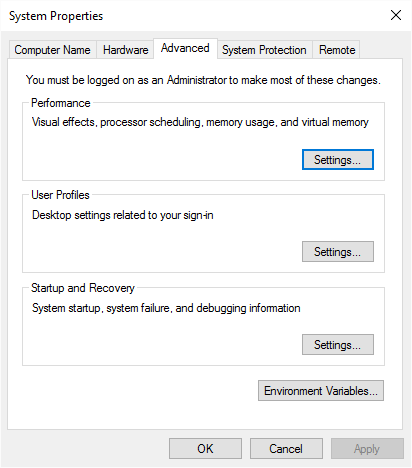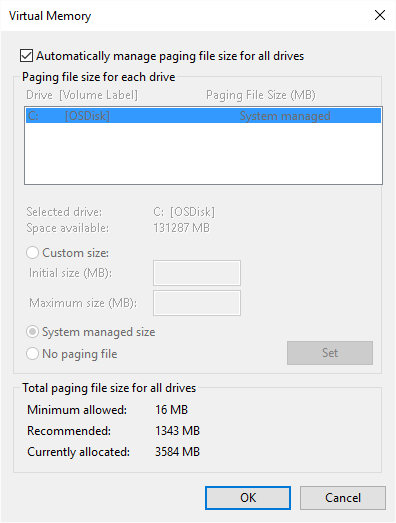The Windows page file is a system file stored on your disk drive at C:\pagefile.sys. The page file is used to allow virtual memory to work correctly. (Understanding virtual memory is covered under another tip.) This file is typically sized to the amount of physical memory in your computer. So, if you have 16 GB of memory in your system, the size of the page file will also be 16 GB. Windows controls this file, so it is recommended that you leave it alone.
If, for some reason, you want to control the size of the page file yourself, how you start depends on the version of Windows you are using. If you are using Windows 7, click the Start button, right-click Computer, and select Properties. A Control Panel screen appears that displays some information about your system.
If you are using Windows 8 or Windows 10, you display the same screen by displaying the Control Panel, clicking on the System and Security link, and then clicking the System link.
Regardless of the version of Windows you are using, you should now follow these steps:

Figure 1. The Advanced tab of the System Properties dialog box.

Figure 2. The Advanced tab of the Performance Options dialog box.

Figure 3. The Virtual memory dialog box.
![]()
![]()
![]() This tip (12629) applies to Windows 7, 8, and 10.
This tip (12629) applies to Windows 7, 8, and 10.
Do you need a list of all the files in a directory? It's easy to create if you use the proper command-line commands.
Discover MoreDisplaying all the files a folder contains is an easy task in Windows. One easy way to do it is by using the Windows ...
Discover MoreWindows has a built-in search utility that allows you to search for strings inside of files. You can even save your ...
Discover MoreThere are currently no comments for this tip. (Be the first to leave your comment—just use the simple form above!)
Copyright © 2025 Sharon Parq Associates, Inc.
Comments